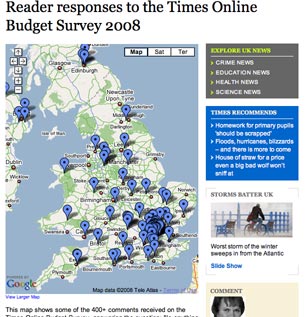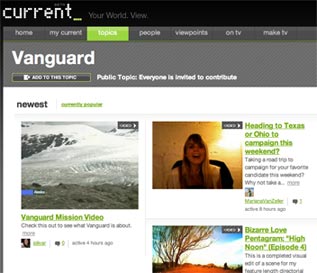 Kristine Lowe is a freelance journalist who writes on the media industry for number of US, UK and Norwegian publications. Today Online Journalism Scandinavia asks if public broadcasters should be more restrained in the content they offer for free online.
Kristine Lowe is a freelance journalist who writes on the media industry for number of US, UK and Norwegian publications. Today Online Journalism Scandinavia asks if public broadcasters should be more restrained in the content they offer for free online.
The head of the online division of Norway’s public broadcaster (NRK) has admitted that it intends to use its public mandate of supplying content for free as a competitive advantage on the web through increasing activity with file-sharing and social networks.
“I believe all public broadcasters more and more think along the lines that it is a competitive advantage that they can deliver content without charging it for it,” said Bjarne Andre Myklebust, head of the online division of NRK.
He added that the organisation is actively working to use its public mandate as a competitive advantage to strengthen its position online.
Not only are they working to make NRK’s content more easily available to download and share on social sites, such as YouTube and Facebook, but are also experimenting with file-sharing services such as BitTorrent and Joost.
NRK recently made its first programme series available to download in Bit Torrent, they liked it so much, they are thinking of doing more. (You can read about their experiences so far here.)
The broadcaster has also been working to get its own channel up and running on Joost, a project that has been delayed somewhat by the challenge of obtaining permissions from all the copyright holders involved.
In addition, it has recently made some of its footage available to use under a creative commons license on Flickr. Something Germany’s public broadcaster has also dabbled with.
So is this the way forward? A good way to give value back to all its license fee payers, or just a way of completely skewing the competition in the broadcasting market?
What if the BBC, in a time of intensified competition, started extending its own free delivery of content across Facebook and bit-torrent sites? It’s probably only a matter of time, but is it an unfair advantage over commercial broadcasters, news and otherwise?
Is it a way of better fulfilling its public mandate, or just an outright example of the rampant commercialism of public broadcasters using public funding as an advantage against others that find it more difficult to distribute content for free?


